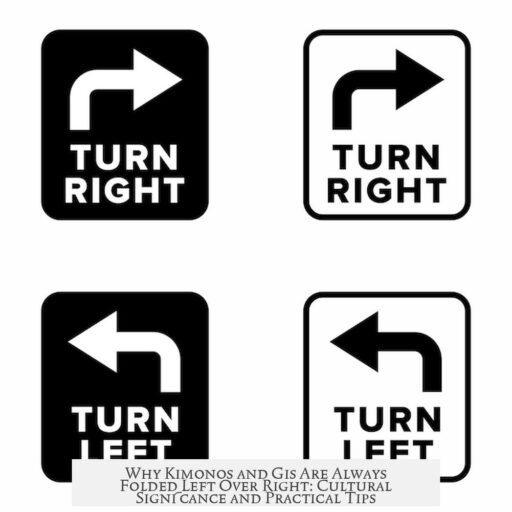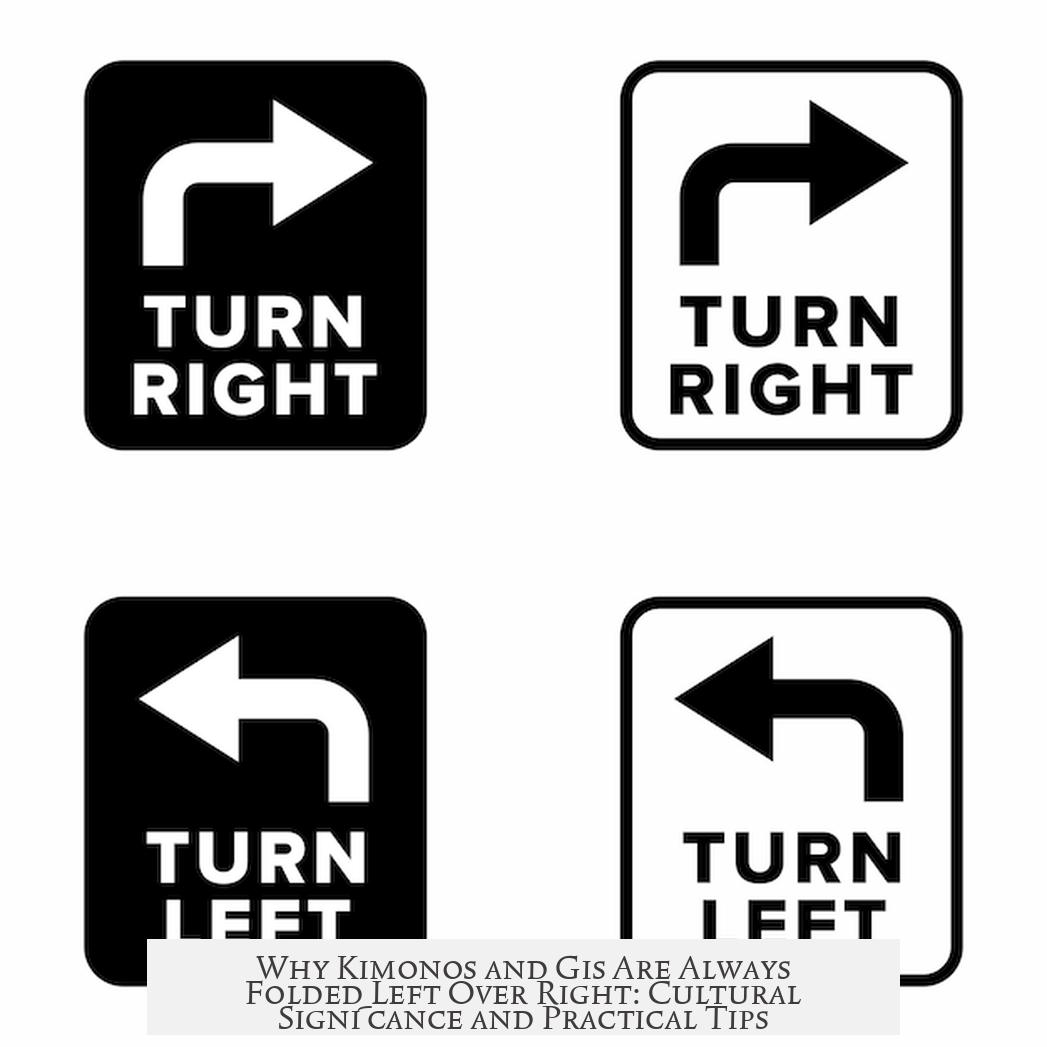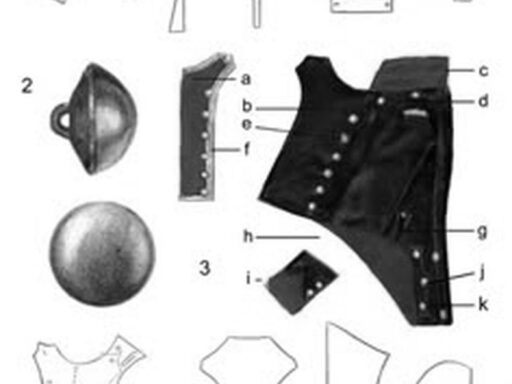Gis, kimonos, and similar garments are folded left over right due to deep cultural, historical, and symbolic reasons rooted in Japanese tradition. This folding style reflects a clear cultural distinction and follows ancient codes set by Japanese authorities.
In Japan, all robes, including kimonos and martial arts gis, are wrapped with the left side over the right. This practice is mandated by the Yoro Clothing Code, a law from ancient times specifying clothing sidedness drawn from Chinese customs. Ancient Chinese dress codes also emphasized sidedness, viewing the proper wrap as a marker of civility. The Chinese considered folding garments right over left to be barbaric, a view that influenced Japanese customs. Accordingly, Japan standardized left-over-right attire.
The sidedness carries strong symbolic weight. Wearing a kimono right-over-left is reserved exclusively for dressing the deceased. In Japanese funerary rituals, the dead are clothed with the right side overlapping the left. This tradition creates a clear visual distinction between the living and the dead. Wearing it the wrong way in daily life is considered taboo because it resembles the dead’s dress.
This practice originates in religious and theatrical customs, notably from Noh drama. In these plays, death and spirits are represented by characters dressed with robes folded right over left. The visual cue reinforces the spiritual or deceased status of characters on stage. The custom extends into burial practices and formal ceremonies, reinforcing cultural concepts of life and death separation.
Japanese people often use a mnemonic for remembering the correct fold: “leftover rice,” as leftover (left over) sounds like “left over right,” which aids proper dressing.
| Aspect | Left-over-Right | Right-over-Left |
|---|---|---|
| Use | Lived persons’ clothing (kimonos, gis) | Deceased persons’ clothing (funerary use) |
| Symbolism | Life, civility, proper social order | Death, spirits, funerary tradition |
| Cultural Origin | Ancient Japanese and Chinese clothing codes | Noh drama, burial customs |
Understanding this sidedness helps one appreciate the cultural significance of traditional Japanese garments and avoid inadvertent cultural faux pas.
- Left-over-right folding marks the wearer as living and is culturally prescribed.
- Right-over-left folding denotes the dead or spirits and is used in funerals.
- The tradition is backed by ancient Japanese codes influenced by China.
- The symbolic meaning originates in religious and theatrical customs like Noh drama.
- Remember “leftover rice” to easily recall the proper folding direction.
Kimono: Fashioning Culture by Liza Dalby Geisha: A Life by Mineko Iwasaki Kimono by Paul Van Riel
Why Gis, Kimonos, and Similar Garments Are Folded Left Over Right
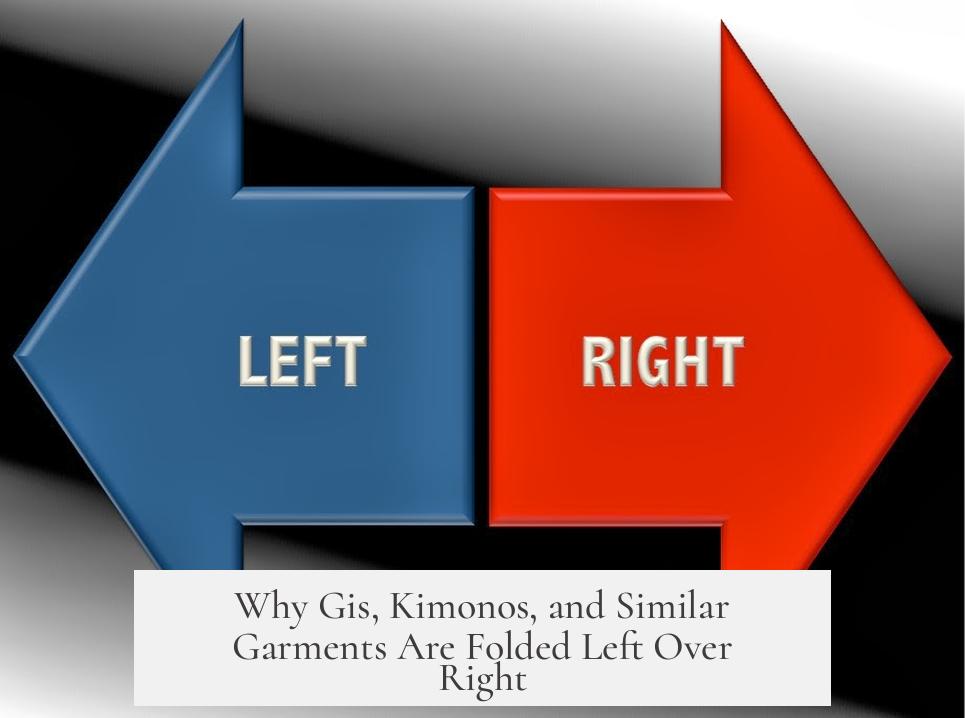
Ever wondered why gis, kimonos, and Japanese robes are always folded left side over right? Well, here’s the straightforward answer: It’s deeply rooted in cultural tradition, symbolism, and historical fashion codes. Wearing or folding them the other way around implies something quite serious – it’s connected to death and burial customs.
Now, this might sound a bit spooky for a uniform or everyday wear, but trust me, the story behind this sidedness is fascinating, practical, and unique to the aesthetic and cultural heritage of Japan (and also influenced heavily by Chinese traditions).
The Cultural and Historical Significance of Sidedness in Clothing
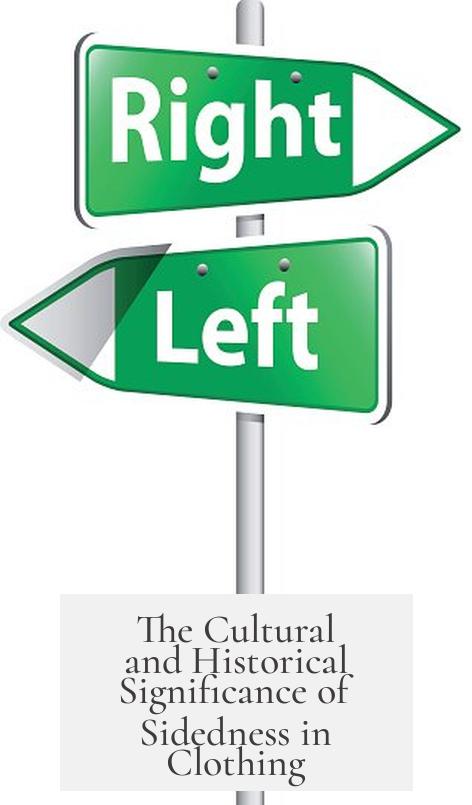
Sidedness, or which way you cross robes and collars, isn’t just a style choice in East Asian attire; it’s a message. In Japanese traditional garments like kimonos, all robes wrap left side over right. This rule is not an arbitrary fashion quirk—it’s a codified tradition that dates back centuries, influenced by Chinese dress regulations.
The Yoro Clothing Code — an ancient edict — explicitly demanded robes be wrapped left over right in the Chinese fashion which Japan adopted. This wasn’t just about style; it marked a clear differentiation from what the Chinese considered “barbarian” dress. ↔️
Interestingly, the inverse, folding right over left, is considered a mark of barbarism or “uncivilized” in some historical East Asian contexts. So, the act of folding left over right affirms cultural identity and formality.
To put it simply: Your kimono or gi’s sidedness speaks volumes about respect, tradition, and who you are in society.
Why Not the Other Way? Symbolism of Right-Over-Left Folding
Here’s where it gets even more interesting and a bit haunting:
In Japan, the collar folded right over left is reserved strictly for the dead. All living people wear their kimono or robes with the left side over the right. This practice is deeply embedded in burial rites and spiritual symbolism.
Imagine this: wearing your kimono with the collar folded right over left is essentially dressing like a ghost or a corpse. Not exactly the next trend for your next dojo class or tea ceremony.
An easy way to remember the correct folding is with a fun mnemonic — “**leftover rice** ” (left-over right). If you wrap it the other way, you end up looking like you’re ready for your own funeral procession!
Roots in Noh Drama and Burial Customs
Take a trip back to the arts of Noh theater, a very refined and traditional Japanese drama form. Ghosts and spirits in Noh plays are always draped in robes folded right over left, signaling their status as otherworldly beings or the dead. It’s a powerful visual cue that Japanese audiences immediately understand.
Eventually, this symbolism extended outside the theater and solidified in everyday clothing practices as an unshakeable rule—no living person would want to be mistaken for a ghost by wearing their kimono wrong.
And during burial ceremonies, the deceased are dressed with the right-over-left fold. This solemn practice ensures there’s no confusion between the living and the dead in the way they present themselves.
How Does This Apply to Gis in Martial Arts?
Martial arts gis, especially those derived from or influenced by Japanese tradition (like judo, karate, aikido), carry over this cultural norm. Wrapping the gi left over right respects the tradition started with the kimono and sends a subtle nod to the ancient customs.
Following this practice keeps the dojo connected to a rich heritage that values respect, honor, and cultural history — all of which are just as important as the physical discipline of martial arts.
Practical Takeaways for Wearing and Folding Kimonos or Gis
- Always fold or wear your kimono or gi left side over right unless you’re portraying a deceased character in a performance or ritual.
- If you’re buying or wearing a kimono for the first time, remember “leftover rice” to avoid accidental ghost-mode.
- Respect this tradition as part of the garment’s history—it’s not just about appearance but about cultural connection.
- If you see someone wearing right-over-left, chances are it’s for theater, funeral rites, or it’s simply a big no-no in daily wear!
For Curious Learners
If this sparked your interest, diving deeper into Japanese clothing reveals more surprising traditions and fascinating facts. Here are some great reads:
- Kimono: Fashioning Culture by Liza Dalby – explores the intricate history and meaning behind the garment.
- Geisha: A Life by Mineko Iwasaki – touches on Noh drama influences and traditional dress customs.
- Kimono by Paul Van Riel – offers a comprehensive look at kimono wearing protocol and symbolism.
Final Thoughts
In a world where details can be easily overlooked, the sidedness of folding your gi or kimono isn’t trivial—it’s a clear cultural statement filled with history and meaning. The left-over-right fold keeps you among the living, honors tradition, and shows respect for centuries of heritage.
So next time you put on your gi or kimono, remember: you’re not just wearing clothes. You’re draping yourself in stories, honor, and a powerful cultural legacy. And yes, folding it right over left is a one-way ticket to ghost town!
